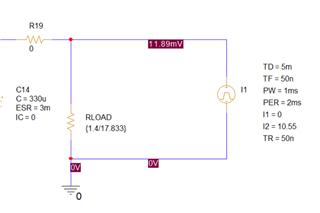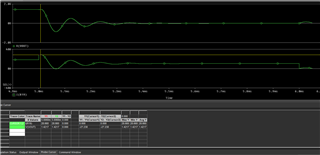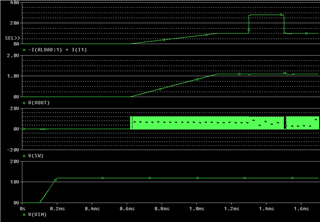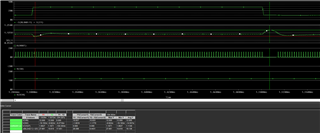Tool/software:
Hello,
I am using TI PSPICE to simulate the transients in my design.
I have been able to successfully run the simulations as is from the TI TPS543C20A downloads page.
I also was able to alter the startup trans simulation to step to 14v and output at 1.4v @28.3A using my circuit set up.
I'm currently trying to alter the simulation in order to see the effects of stepping the load current from 17.833A to 29A.
I've not had any success with this. The most common issue I have is there is never a convergence.
The simulation I am interested in is a 50nS load current increase from 17.833A to 29A once the switcher is already outputting 17.833A at 1.4v with a steady 14v in.
I am inexperienced with PSPICE and could use some help, I've hit a bit of a wall trying to get this to work.
Thanks,
Matt






